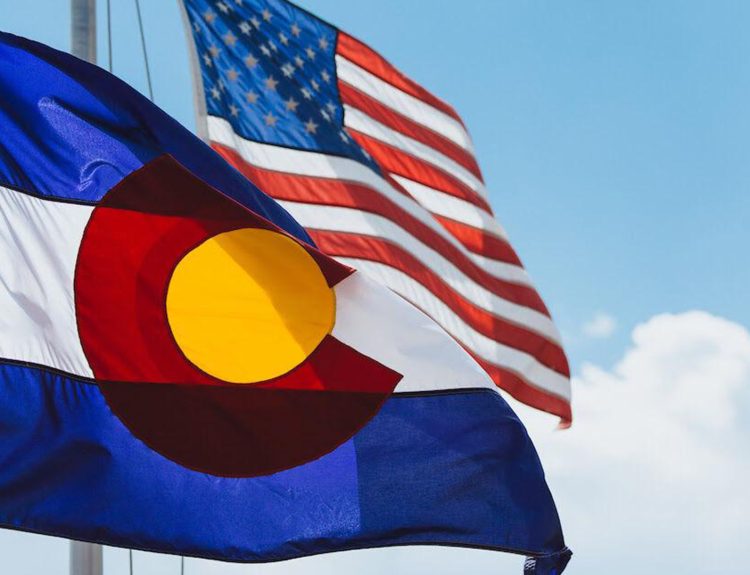As the economic landscape of California faces yet another shakeup, the closure of 99 Cents Only Stores has sparked a surge among shoppers. With hundreds of stores shutting down across multiple states, including a significant number in the Golden State, concerns over affordability and access to essentials are mounting.
Amidst the turmoil, voices of blame and frustration directed at Governor Gavin Newsom’s policies resonate, highlighting the broader economic challenges facing both businesses and consumers.
California Shoppers Already Feeling the Impact of Massive Store Closures
California shoppers are already feeling the impact of yet another round of extensive store closures.
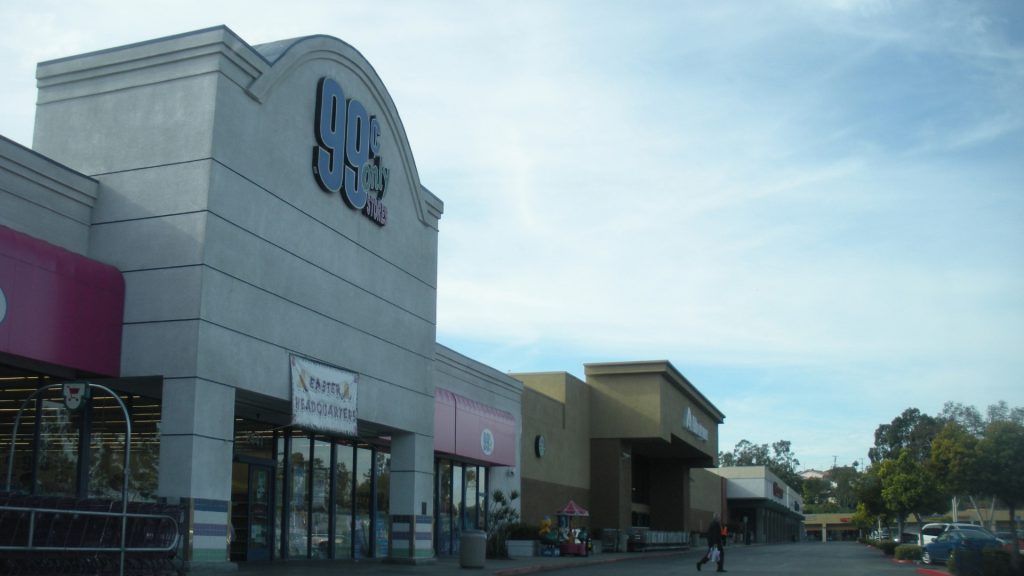
The corporation operating 99 Cents Only Stores revealed its plans earlier this month to shutter approximately 371 outlets across California, Nevada, Texas, and Arizona, with some closures commencing as soon as April 5th.
Majority of Closures of the 99 Stores Are in California
The majority of these closures, totaling around 265 stores, are in California, where the company was founded in 1982.
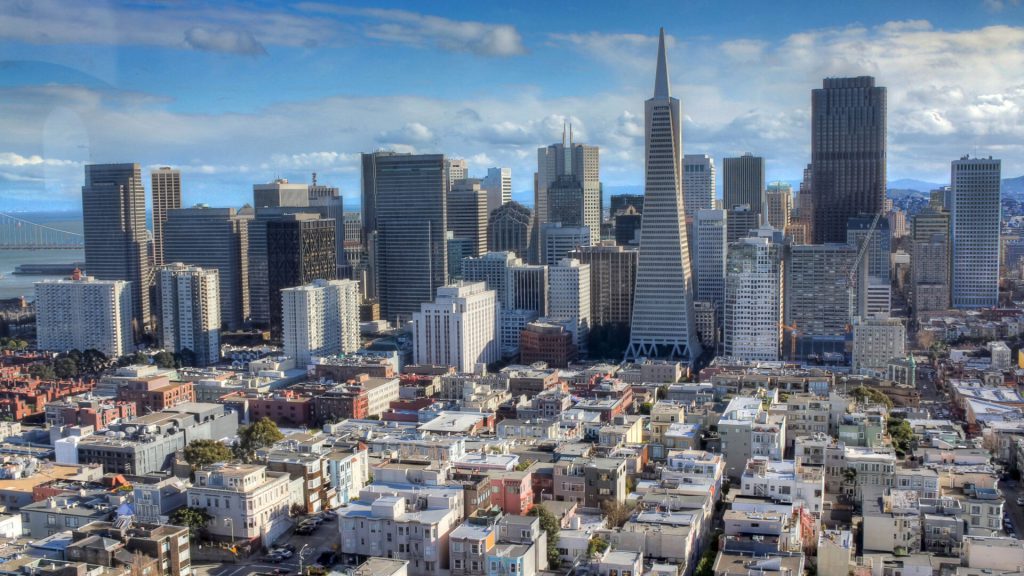
Its headquarters have been located in Commerce, California, ever since.
The 14th Amendment Section 3
With another franchise announcing significant closures in California, some shoppers are directing blame towards their governor.
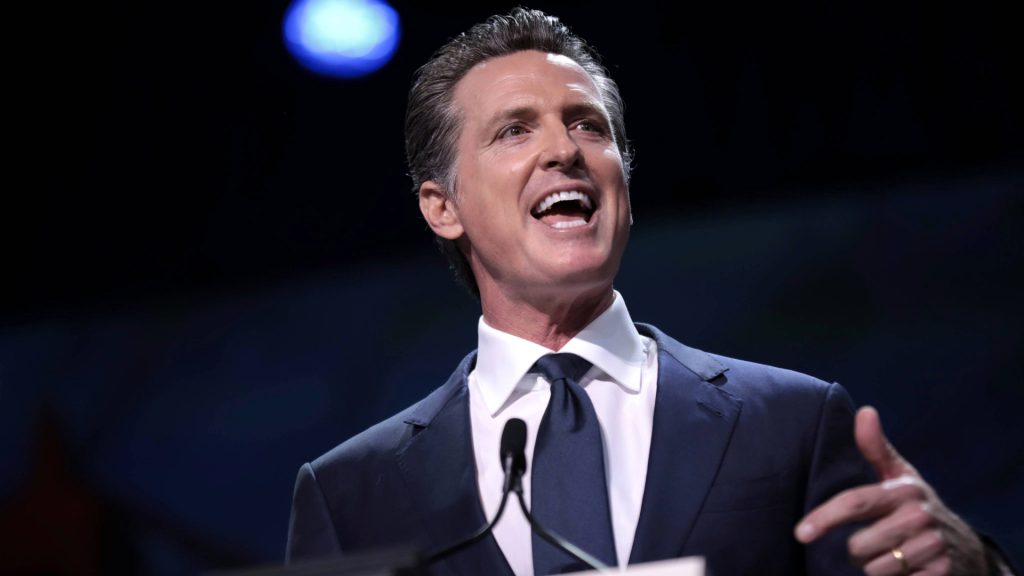
Rick Juarez, 53 year-old , expressed his frustration to the Los Angeles Times, stating,I blame [Gavin] Newsom. Too many taxes, too high the minimum wage. These companies just can’t compete, and so they have to close. And it’s poor people like us who end up suffering.”
Shoppers Swarm 99 Stores Before It’s too Late
Juarez reported to LA Times that he has a long history of 20 years shopping at Main Street and hence he has returned to buy batteries before the store closes.
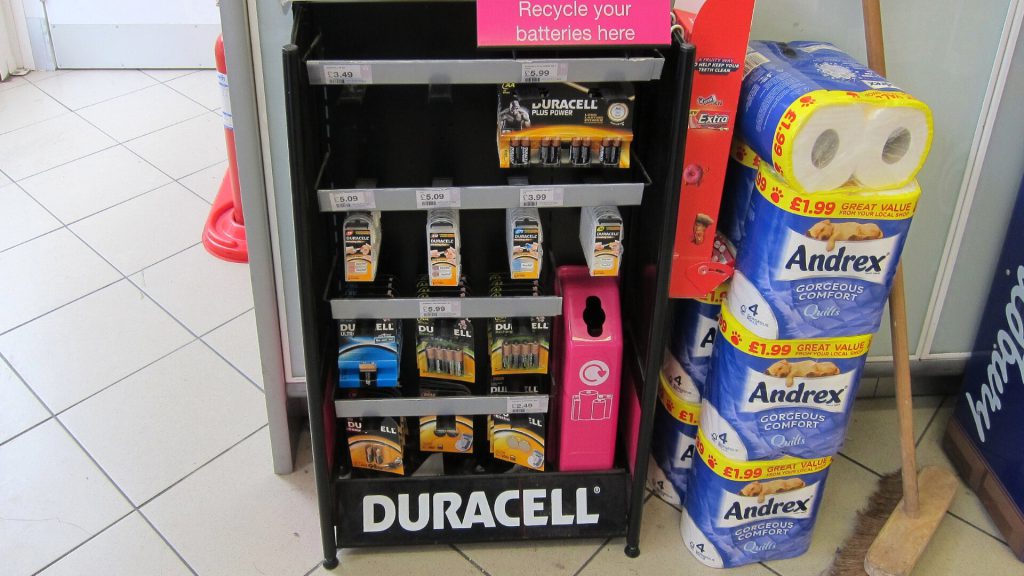
Governor Gavin Newsom faces criticism for policies blamed for the demise of beloved discount chain as long term patrons like Juarez lament closure of stores they’ve relied on for decades.
Local Shoppers Flood Shops to Stock Up Affordable Items
Before the closures, shoppers rush in to take advantage of the various discounts being offered by the outlets in what they call “everything must go”.

Hence, Bargain hunters seize final opportunities for discounted goods before closures take effect.
Nostalgic Feeling Among Local Shoppers
Altagracia Nunez made a nostalgic comment to the LA times “I could buy toys for my younger kids, my older kids could get pens for school, and I could do groceries for all of us,”
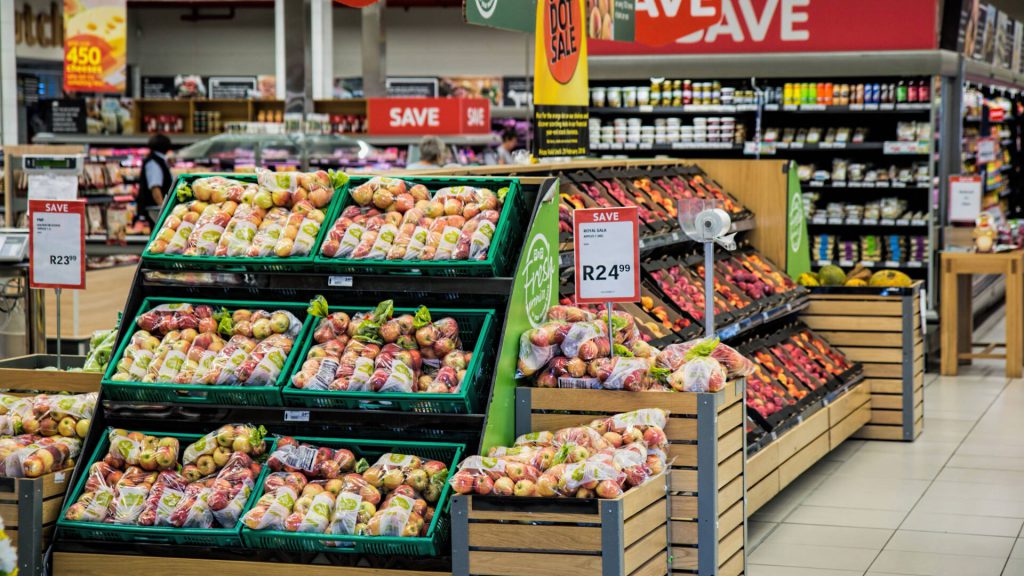
She also explained ,“And, the prices of course” showing how the affordability of the store was a plus for long-time shoppers.
Shoppers Voice Economic Fallout as the Reason for the Closure
Altagracia Nunez, another shopper, echoed similar sentiments of the detrimental impact of the economy saying “Well, everything is more expensive nowadays, so I guess this had to end,”
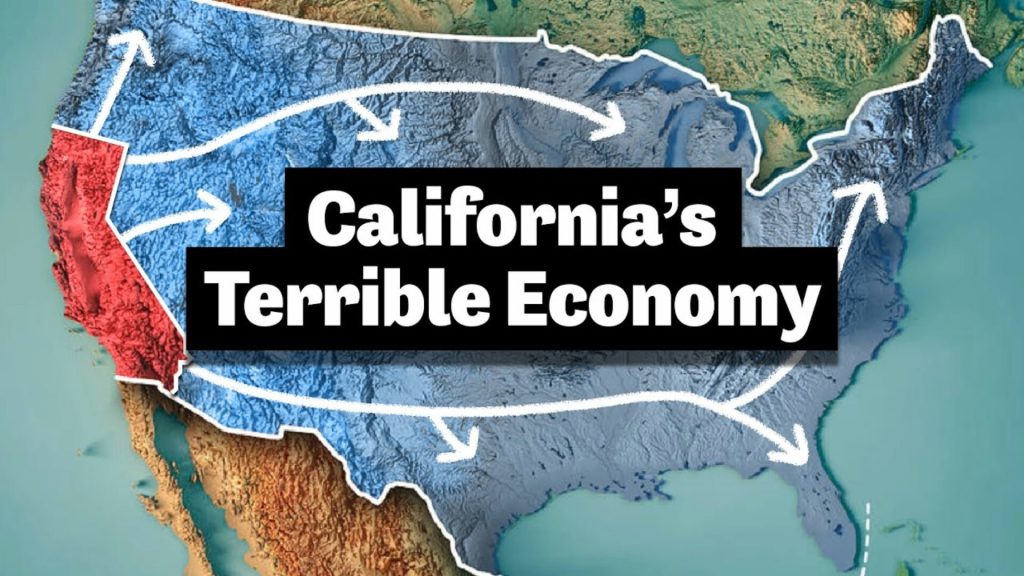
Closure of 99 Cents Only Stores shows broader economic struggles in California and beyond.
The Community Impact of Closure of Discount Chain
ictor Barrios, a 38-year-old delivery driver, highlighted the necessity of such establishments for vulnerable populations relying on assistance programs.

He said “This needs to stay open,” 38-year-old delivery driver Victor Barrios lamented. “I make OK money, and buying here helps me. But imagine if you’re on WIC? If you’re on Social Security? You need a place like this. Are people now supposed to go to Ralphs? Or Target? With what money?”.
Interim CEO Reflects on the Challenges Faced by Retail
The company’s Interim CEO, Mike Simoncic, acknowledged the challenges faced, citing the COVID-19 pandemic, shifting consumer preferences, and economic pressures by saying “This was an extremely difficult decision and is not the outcome we expected or hoped to achieve.”

He emphasized that “Unfortunately, the last several years have presented significant and lasting challenges in the retail environment, including the unprecedented impact of the COVID-19 pandemic, shifting consumer demand, rising levels of shrink, persistent inflationary pressures and other macroeconomic headwinds, all of which have greatly hindered the Company’s ability to operate.”
Company’s Efforts to Salvage Operations Prove Futile
Despite the company exploring alternatives, closure was deemed the most viable option to salvage asset value.
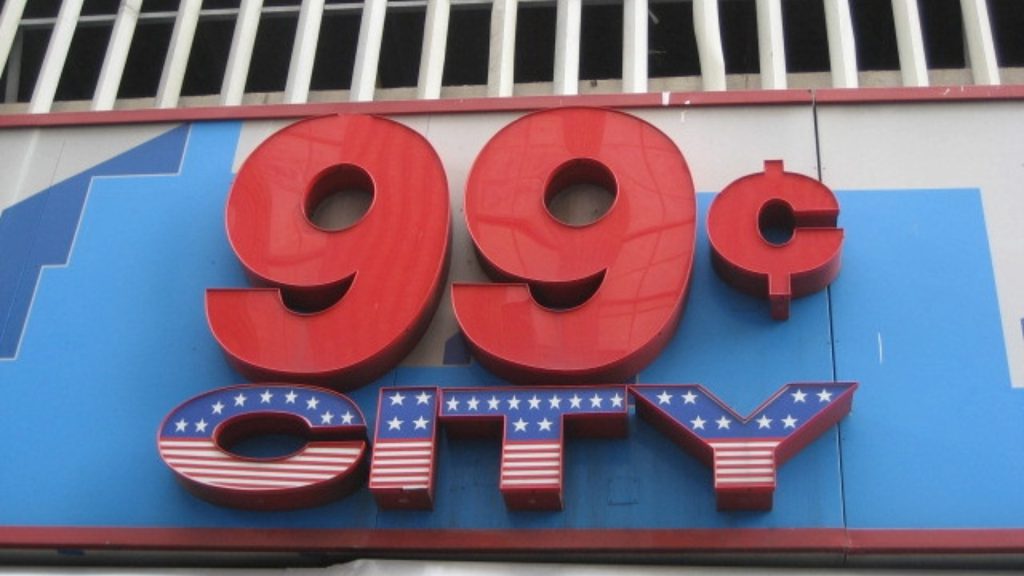
The company said in a press release “99 cents Only Stores, together with its financial and legal advisors, engaged in an extensive analysis of all available and credible alternatives to identify a solution that would allow the business to continue..
Company Closure was Inevitable
The company explained that they had no options but to close so that they can maximize the salvageable asset value.

The company said “Following months of actively pursuing these alternatives, the company ultimately determined that an orderly wind-down was necessary and the best way to maximize the value of 99 Cents Only Stores’ assets.”
99 Stores Closure Impact Beyond Economics
The closures not only signify economic losses but also disrupt communities and affect individuals dependent on the store’s affordability.

Closure of discount chain leaves low-income communities without vital resource for affordable essentials.
The Race Against Time
Though there is no set date when the 99 stores will shutdown, a report by LA Times states the 99 stores at the main street location is set to close in June.

With closure imminent, shoppers scramble to secure last-minute purchases before doors close for good.
The Closure Sparks Discussions and a Call for Action
As the closure looms, shoppers are racing against time to make their final purchases before the stores shut their doors for good. The closure’s impact extends beyond economic losses, affecting communities and individuals reliant on the store’s affordable offerings.
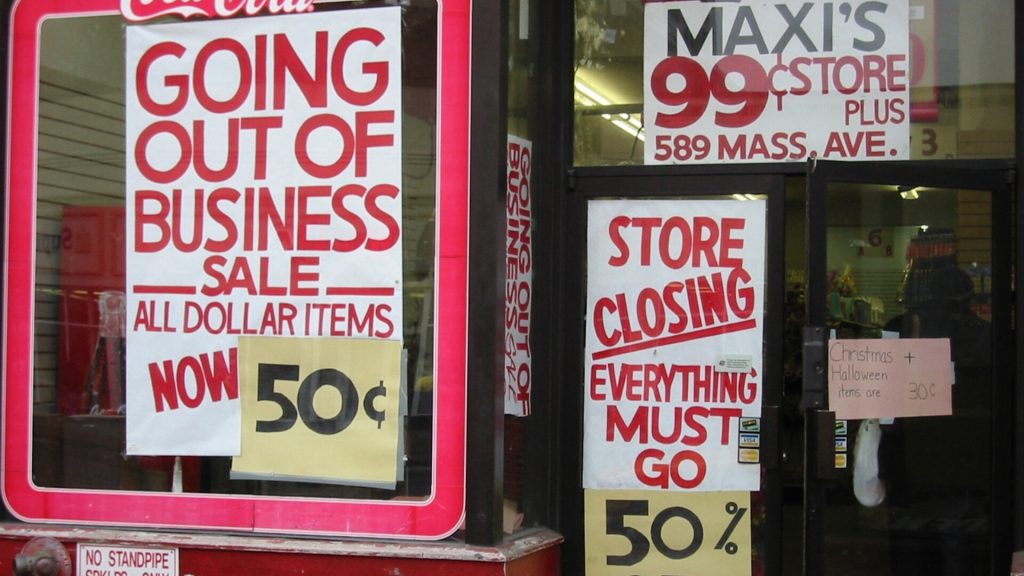
Closure sparks discussions on the need for proactive measures to support struggling businesses and communities and debate ensues over the role of government policies in shaping California’s retail landscape.





